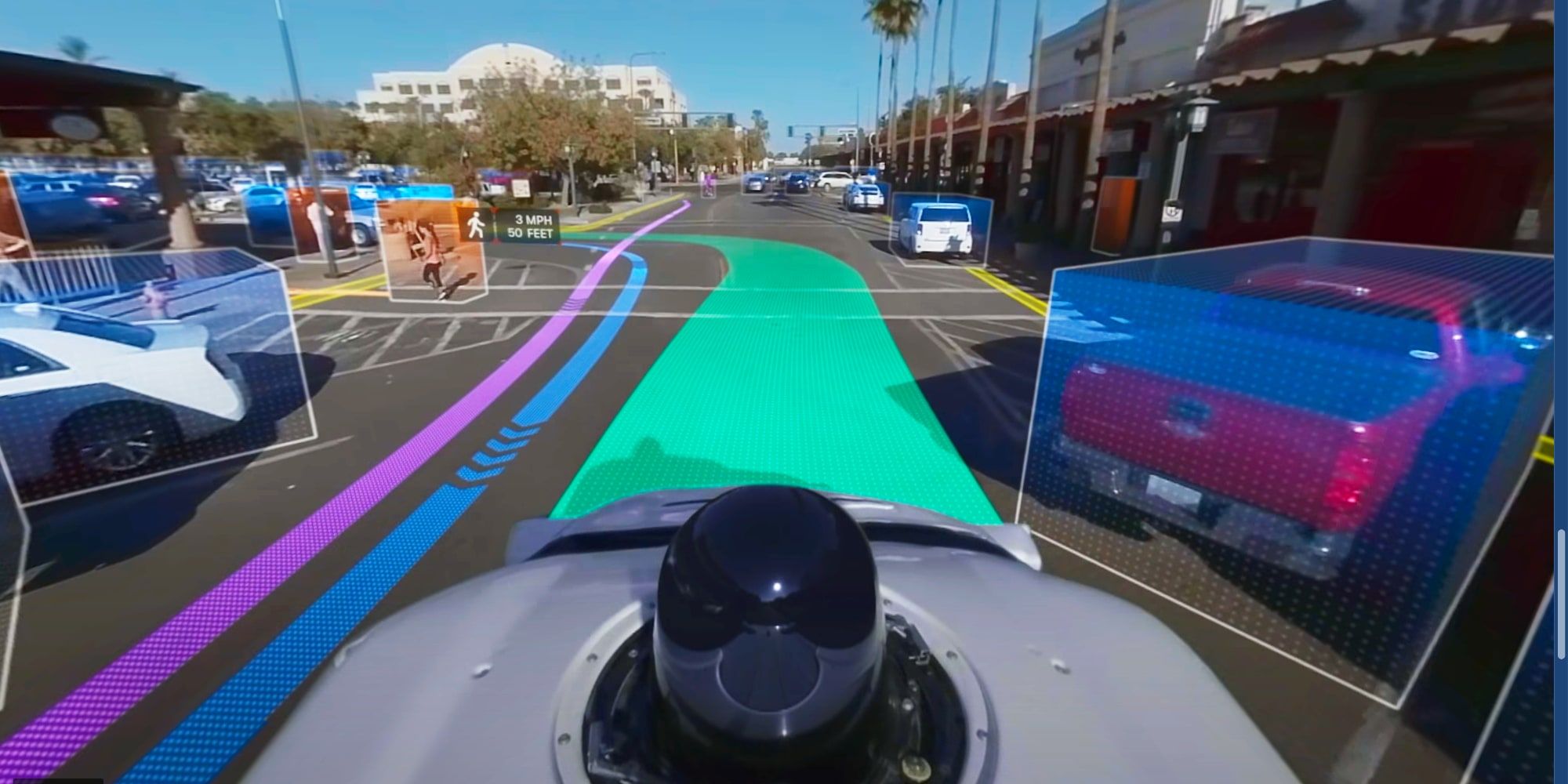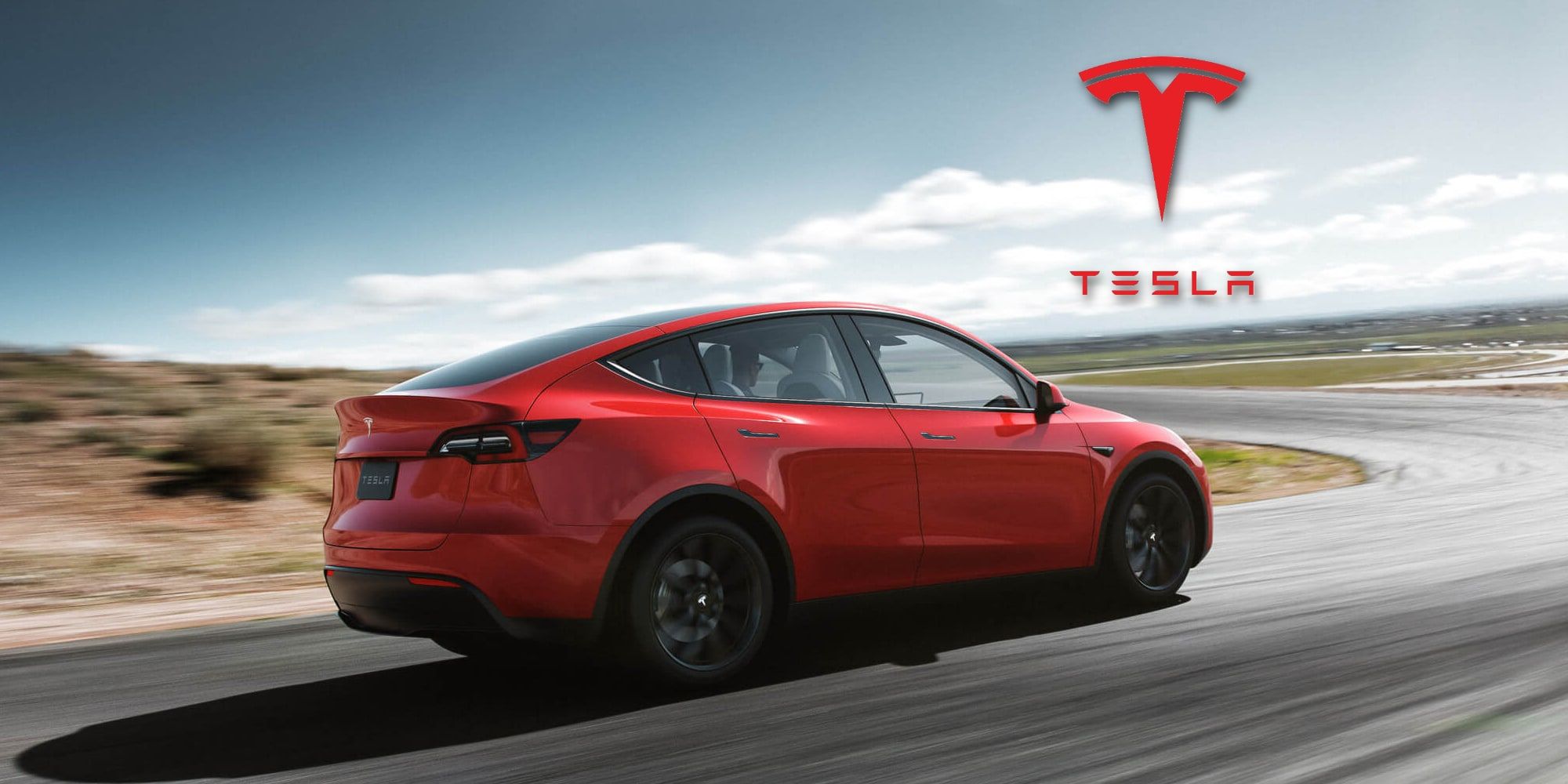Many car manufacturers describe features that assist a human driver as ‘self-driving,’ but Waymo has now made the decision to clarify its terminology by focusing on ‘fully autonomous driving technology’ instead. Although there have been major advancements in recent years, this is still a new and emerging field, making the use of appropriate language all the more important.
Waymo began as the Google Self-Driving Car Project in 2009 with the goal of improving vehicle safety and increasing access. While taxi cabs are quite common in some areas, they are rare in less populous regions of the United States and worldwide. Waymo One is a 24/7 ride-hailing service open to anyone in the Metro Phoenix area. Waymo also serves commercial uses with its Waymo Via service. The company is currently testing semi-tractor-trailers, which are also known as ‘big rigs’ or Class 8 heavy-duty trucks, that are controlled autonomously by the Waymo Driver. The testing is taking place in California, Arizona, Texas, and New Mexico while local delivery using the Waymo One vehicles is only currently being tested in Arizona.
Waymo announced that it is changing the terminology used to refer to its technology. Originally called ‘Self-Driving,’ the company will be using ‘fully autonomous driving technology’ when discussing its Waymo Driver solution and vehicles. The reason for the change is that the definition of self-driving has been muddied through varying use by other car manufacturers. Waymo didn’t name its competitors but, with Tesla recently announcing its Full Self-Driving (FSD) computer update, this was likely a good incentive for the change. Waymo vehicles do not require a human driver, so they are truly autonomous vehicles. Tesla still requires an attentive human driver to be ready to take control, in case the computer misunderstands a particular situation and acts inappropriately. The difference is quite profound and explains why Tesla is not under heavy regulatory limitations currently, as Waymo is.
Should Telsa Rename FSD?
The vast majority of automobile collisions are caused by human error. This means the opportunities for increased safety and reliability with the use of computer-assisted and computer-controlled vehicles are enormous, potentially saving millions of lives and billions of dollars. Every effort to prevent a traffic collision should be recognized as having value. Tesla’s Full Self-Driving (FSD) does go far beyond the driver-assist features found in many modern cars that warn the human driver of objects in the blind-spot or lane departure. Admittedly, ‘Full’ implies complete self-driving to many, which has led some owners of Tesla vehicles to rely too heavily on the computer, leading to accidents.
On the other hand, English is a living language that continually evolves and perhaps the genie is now out of the bottle. If the majority of people now associate FSD with a fully self-driving car that requires human backup that is ready to take the wheel when needed, there is no need to police the language. Waymo took appropriate action to clarify its terminology and simultaneously makes the point that its technology is more advanced, though quite limited in use. Tesla founder Elon Musk has stated many times that LiDAR is not a cost-effective solution for self-driving and that is the distinguishing aspect of its technology and that of Waymo.
Whether Tesla’s fast pace and wide-reach with FSD will allow it to meet the goal of fully autonomous vehicles worldwide before Waymo clears enough regulatory hurdles to grow more rapidly is unknown. Clearly, Tesla has greater success in terms of volume, while Waymo is keeping to its original vision of fully autonomous driving.
Source: Waymo


